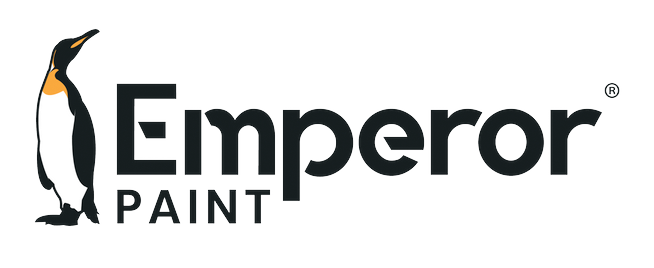
With energy prices rising, never has it been more important to ensure that our homes are insulated as effectively as possible. When it comes to insulation for solid walls, things aren't always straight forward, which is why we have put together our complete guide to solid wall insulation, so you can get the information you need to keep your solid wall house warm all-year round.
What Is A Solid Wall?
Solid walls are as the name would suggest, properties with one singular solid wall all the way through. Traditionally, properties built before the 1920's were all solid wall construction, with the majority of houses built post the 1920's being built with what is known as a cavity wall.
A cavity wall property is constructed using two walls with a cavity or gap in the middle. This hollow centre was developed in order to prevent moisture that absorbs into the wall from rainfall from entering straight through into the interior of the property. By having a gap between two walls, water can be drained through weep holes at the base of the cavity wall, helping to ensure the property stays dry and free from damp.
Solid Wall Insulation Vs Cavity Wall Insulation
Since the 1990's properties have generally been added with cavity wall insulation in order to help keep the heat in. This could be either as part of the original construction order added at a later date as part of a process of improving the insulation of the property.
Cavity wall insulation involves injecting insulation material into the cavity from the outside of the wall. This insulation material generally made of wool or polystyrene beads, which help to prevent the transfer of heat through the wall
According to Department of Business, Energy & Industrial Strategy, it is estimated that there were 7.7 million uninsulated solid wall properties at the end of December 2020. This is not only down to the fact that cavity wall insulation cannot be retrospectively applied to a solid wall property due to their being no cavity, but also because many of these properties are older, traditional properties that did not have insulation applied when constructed.
How To Tell The Difference Between A Solid Wall Or A Cavity Wall
Establishing the type of build you have is a crucial step in identifying what insulating measures you may have in place already and which are suitable for you moving forward. While from the outside it can seem like an impossible task to identify the difference between two walls, there are a number of telltail signs that can help you identify the build of your home.
Firstly, there is often a distinct difference in the way cavity wall properties are built, when compared to solid wall properties. Cavity wall properties are generally built with an even pattern with all the bricks laid lengthways, while solid wall properties can often have some bricks placed horizontally, creating an uneven pattern.
You may also be able to identify a cavity wall by small drill holes on the lower portion of the property, which can signal that cavity wall insulation has been injected into the cavity.
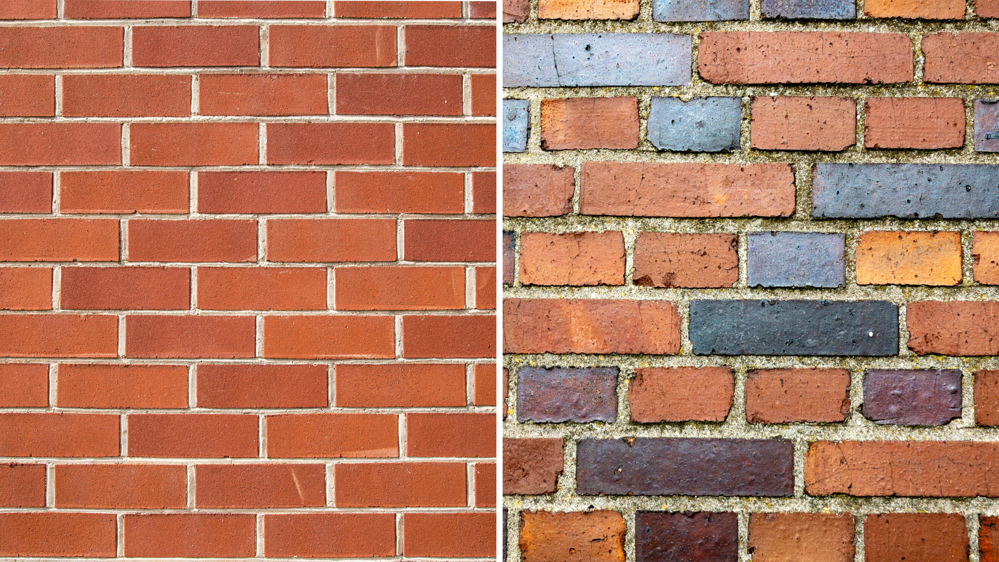
Types of Solid Wall Insulation
Due to the inability to add cavity wall insulation to a solid wall property, there are a number of alternative insulating measures that can be applied to solid walls, including internal wall insulation, external wall insulation, thermal insulating paint and external waterproofing.
INTERNAL WALL INSULATION
Internal wall insulation involves applying insulating boards to the internal wall of a property. This insulation is available in different materials and thicknesses, plus it is often pre-attached to plasterboard for easy application.
Benefits
- Can be applied to on solid wall properties when there is no cavity to insulate
- Can be cheaper than applying external insulation to a property
DRAWBACKS
- Can be invasive, as fixings such as kitchen worktops may need to be removed in order to apply the insulation
- If moisture enters the property through penetrating damp this insulation can become easily saturated and impact its performance
- Reduces the floor space of a property
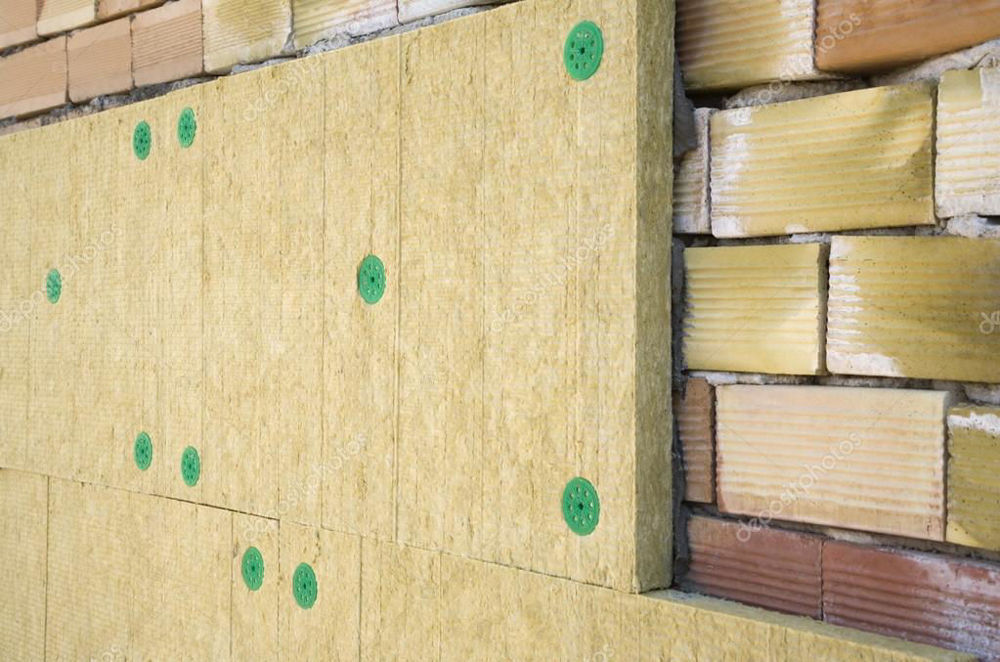
EXTERNAL WALL INSULATION
In the same way as internal wall insulation, external wall insulation (EWI) is a form of insulating layer, this time applied to the outside wall of a property. External wall insulation is made up of numerous layers, with a layer of insulating material on the inside and a layer of render on the outside to protect the insulation. The material used can vary, but is often contains a layer of cement render or cladding with insulating boards made of cork, wood or wool.
Benefits
- Can be applied to any property, whether it has a solid wall or cavity wall
- Can enhance the aesthetic appeal of a property at the same time as insulating, helping to create a modern, rendered look to the exterior
Drawbacks
- Although not invasive, it can be a large project to undertake
- EWI can be expensive - according to Checkatrade external wall insulation on a detached property can cost as much as £20,000
- Rendering the outside of a property may not be desirable for many, especially if you want to maintain the features of a traditional property
- Often planning permission must be granted to add EWI to a property
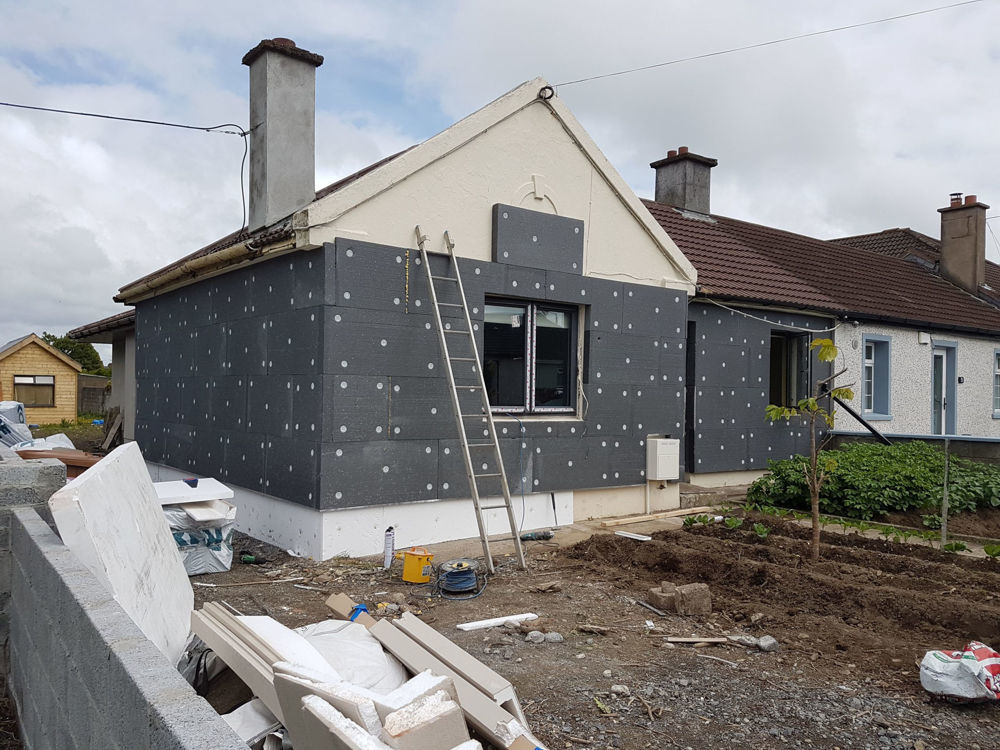
THERMAL INSULATION PAINT
Thermal insulating paint is an internal emulsion that can assist with keeping interior walls dry and in turn warmer. Glass micropheres in ProTHERM Interior Thermal Matt absorb heat and become charged, much in the same way as a battery. This allows them to hold heat 113% longer than standard emulsion paint, allowing it to prevent the formation of condensation on the wall. This not only deters black mould but also means the heat is recycled back into the room rather than all being lost through the external wall of the property.
Benefits
- Prevents the formation of condensation, which reduces black mould growth in problem rooms such as bathroom and kitchens
- Not invasive
- Can be overcoated with any decorative paint or wallpapered over
- Is a cost-effective and DIY-friendly insulating solution
Drawbacks
- Thermal insulating paints can assist with improving the energy efficiency of a property, however the insulating properties are not as high as other insulating measures
- Only available in white as standard, although this can be overcoated with other paints
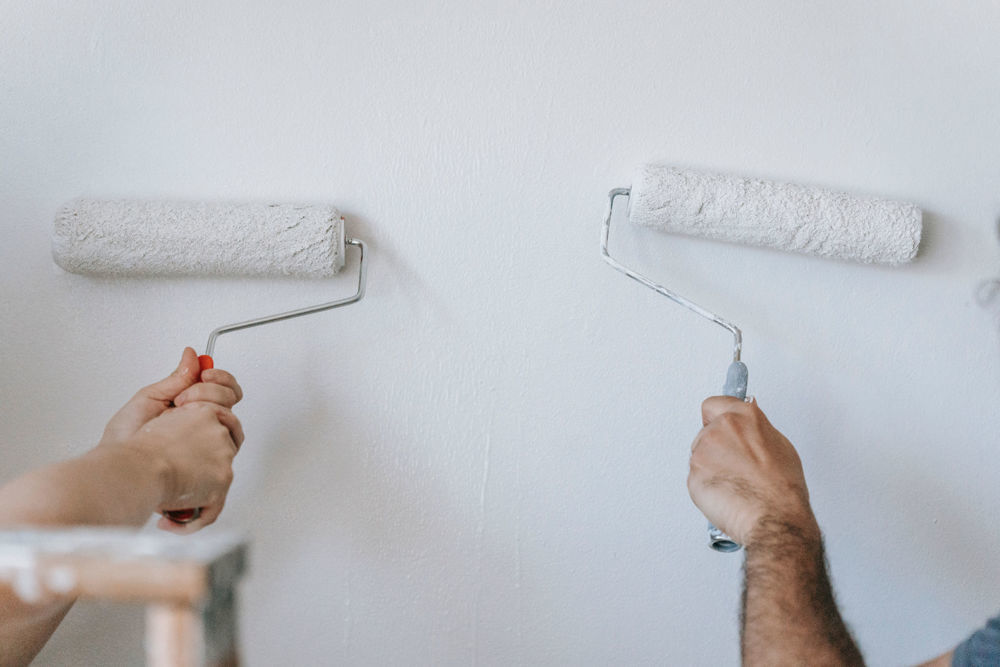
EXTERNAL WATERPROOFING
Damp content of 5% can lower the insulating properties of a material by as much as 50%. Contrary to popular belief exterior walls can absorb moisture over-time. This is because they are made of porous building materials, such as brick, stone, concrete or render. The more porous the material, the water it will absorb and the more heat that can be lost as a result.
Emperor Masonry Paint and Emperor Masonry Creme are specifically designed to keep exterior walls warm & dry, thanks to what is known as super hydrophobic technology. A super hydrophobic surface completely repels water, which prevents any moisture from entering the material. They do this while remaining highly breathable, meaning any water vapour or condensation in the property can naturally breathe out of the house, keeping moisture levels low.
When using any waterproofing treatment, it is crucial to ensure that it is highly breathable. If a low breathability product is used on the external walls, it will make moisture worse within the property and will lead to substantial damage or simply cause the coating to peel off. Products that refer to themselves as a 'sealer' such as brick sealers generally have low breathability and will completely seal the wall.
Benefits
- In independent testing, both Emperor Masonry Paint and Emperor Masonry Creme were found to keep a masonry wall up to 6°C warmer on average compared to an untreated wall. This meant they passed the EAD 040083-00-0404 (External thermal insulation composite) Quality Standard, demonstrating their insulating properties. Following this testing, both products were also verified by the Energy Saving Trust
- Have a 25-year proven performance in harsh weather conditions and comes with a lifetime guarantee
- Not invasive on the property
- Can be applied to any property
- Improves the aesthetic appeal of a property by preventing discolouration, efflorescence and organic growth such as lichens or moss
- Waterproofing the external walls of a property can benefit any house, whether it has a cavity wall or solid wall
- Is DIY-friendly and much cheaper than other insulating measures
- Can be used in combination with other insulation to prevent this from being saturated, including external insulation, internal insulation and cavity wall insulation
- Prevents penetrating damp
Drawbacks
- The insulating benefits you receive will vary from house to house, depending on the type of build and the level of moisture
- Listed buildings require planning permission before applying anything to the outside of the house
- If not applied correctly, like any paint or treatment, you can run the risk of this not performing to the maximum potential
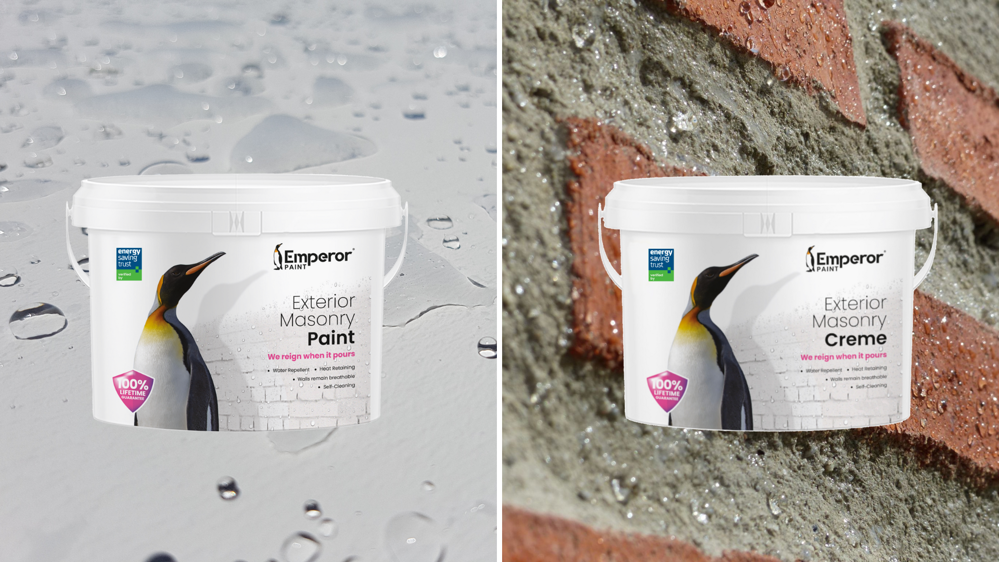
The Importance Of Insulating Solid Walls
According to the English Housing Survey 2018: energy report, "households living in homes with uninsulated solid walls, less than 100mm of loft insulation or no loft insulation and less than 80% of windows glazed were more likely to experience issues with damp compared with households with higher levels of insulation. These findings confirm that the causes of damp are complex and are often associated with other factors such household behaviour, ventilation and disrepair (e.g. gaps in brickwork, window frames)".
The same report also found that that most properties built before 1920 (generally solid wall) fell in the worst bands for energy efficiency. In short, solid wall properties are not only prone to damp problems, but they are also more prone to problems with insulation.
The link between moisture and heat retention in properties is significant. Without a cavity wall to allow moisture to drain out of the external wall of the property, solid wall properties will hold large amounts of rainwater over-time. This saturation allows heat to be lost out of the external wall of the property quicker than dry walls, thus reducing the energy efficiency of solid wall properties. While this heat loss also occurs in properties with cavity walls, the cavity helps to break the thermal bridge that occurs in solid walls. Furthermore, as solid walls were traditionally used on older properties, these do not always have the modern forms of insulation that new-build houses have, contributing to a poorer overall energy efficiency.
Aside from preventing water absorption on solid walls, these traditionally built properties were designed to allow water vapour to naturally pass freely through the building and breathe out of the house. When adding internal or external insulating boards to a solid wall, especially an older building, you run the risk of preventing this breathability and leading to issues relating to condensation.
In order to insulate a solid wall, it is important to prevent moisture entering the building but also maintain the natural breathability of the solid walls. For this reason, it is recommended to apply a highly breathable, waterproofing treatment to solid walls, either in isolation or alongside the addition of EWI. Applying waterproofing treatments to EWI ensures that the insulation cannot become saturated, helping it to perform to the highest level of insulation and not work against the primary goal of the insulation, which is to keep warmth in the property.
How To Apply External Waterproofing
The application process of external waterproofing treatments will depend which product you opt for. Emperor Masonry Paint as a coloured system must be applied in two coats, with one-coat of primer applied if you are painting bare, unpainted masonry. If you are applying Emperor Masonry Creme, this is a clear system that only requires one-coat and can be applied to any bare masonry surface.
PREPARATION
It does not matter which treatment you are applying, the most important step when waterproofing solid walls is to ensure the walls are completely clean. Any dirt on the wall can impact the results you achieve immensely, so take your time to clean the full surface using either a hose pipe, power-washer or a brush and hot water.
Once you have removed the dirt, we recommend applying a fungicidal cleaner such as Emperor Exterior Cleaner to the wall. Masonry surfaces, especially on older properties, can get covered in a large amount of organic growth, such as moss, lichens and mildew. This cleaner will kill any fungal growth on the wall, meaning once the treatments are applied, there is nothing on the wall that can continue to grow. By preventing the moisture that allows this growth to thrive, it will be discouraged from discolouring the wall and keep the surface clean and attractive for years to come. Simply apply the cleaner to the masonry and leave it to dry for 2 hours. If you are using Emperor Masonry Creme, wash this off using a hose pipe after the two hours, if you are using Emperor Masonry Paint you do not need to do this.
If you are applying Emperor Masonry Paint to bare masonry that has not been painted previously, you must apply one-coat of Emperor Exterior Primer. A primer must always be applied to bare surfaces as ensures the paint adheres to the surface and that the first coat of paint doesn't simply soak into the highly porous brick. The primer can be applied by brush or roller and will cover between 5-8m2 per litre depending on the porosity of the masonry. Allow this to fully dry before moving on, which will take up to 3-5 hours depending on the temperature.
APPLICATION
The application method of the treatments will depend which you are using, however in any case ensure you are applying in dry conditions and to dry masonry. If you apply the products to wet masonry, they will not dry in the correct amount of time and may not effectively waterproof the solid wall long-term.
Emperor Masonry Paint
Emperor Masonry Paint can be applied using a masonry brush, long-pile roller or a spray machine. We recommend that you begin by applying the first coat to the edges of the wall, starting at the top and working your way down. This is to prevent any paint drips that can ruin your finish.
Ensure you are applying the paint at 5-6m2 per litre on smooth & semi-rough surfaces such as brickwork or 3m2 on heavily textured surfaces such as pebbledash. You may wish to dilute your first coat of paint by 10% with water, which helps make applying the first coat easier. If you do dilute the first-coat, ensure you still stick to the same coverage however.
Once your first coat has been applied, allow this to fully dry. The paint will be touch dry and showerproof in 1-2 hours however it will take between 5-8 hours, depending on the temperature, to fully dry and be recoatable.
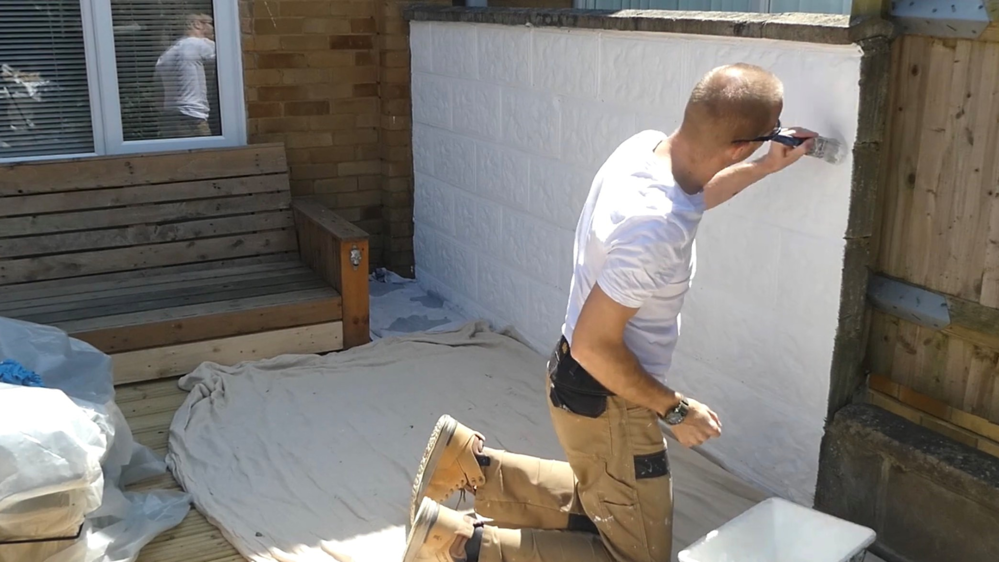
Emperor Masonry Creme
Emperor Masonry Creme contains the same waterproofing technology as Emperor Masonry Paint. Having said this, as it creates a completely invisible finish it works very differently. It soaks into the bare brickwork much in the same way a moisturiser would with skin and chemically bonds to the brickwork. You simply apply the Emperor Masonry Creme at 5m2 per litre and leave it on the surface of the masonry. Over 1-2 hours, it will soak into the masonry until it is completely invisible, with no colour or sheen. This can be done using a paint brush or long-pile roller.
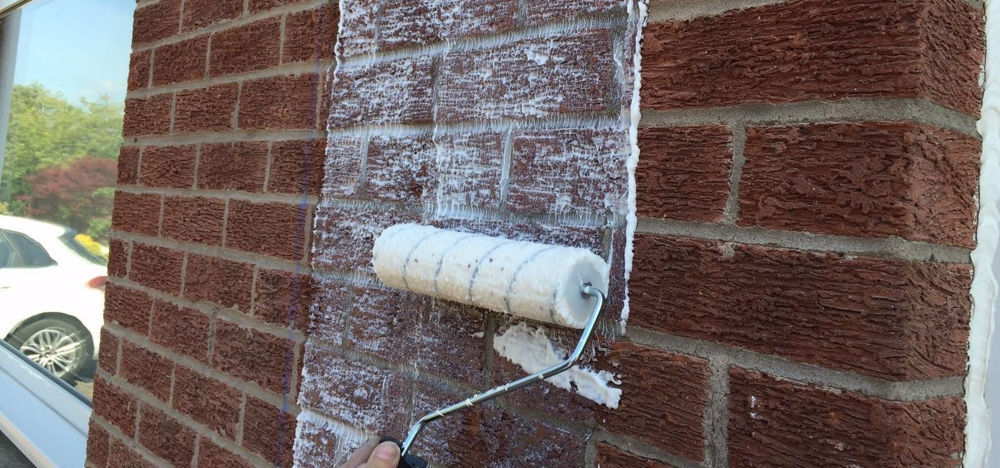
Frequently Asked Questions
Q. WILL APPLYING A WATERPROOFER TO SOLID WALLS CREATE A SEAL?
Unfortunately in the UK, over previous decades low-quality 'sealers' were developed which did as the name would suggest and completely seal masonry. While this would prevent moisture getting in the masonry, it would also prevent water vapour from escaping the property. This not only caused the sealers themselves to fail after a matter of years or even months, it also lead to significant damage on traditional solid wall properties such as crumbling mortar, spalling bricks and damp problems.
Emperor Masonry Paint and Emperor Masonry Creme have been developed using the latest nano-technology in order to ensure that not only exterior walls are protected from water ingress, but also that the property can release water vapour and maintain its natural breathability. SD values are a measure of how breathable a material is, with anything under 0.5 being considered breathable by British Standards.
In independent testing, Emperor Masonry Paint was found to have an SD value of 0.03, while Emperor Masonry Creme had an SD value of 0.01, meaning both had almost no impact on the breathability of the wall once applied. This evidence is what the Energy Saving Trust reviewed when they verified both products, validating the energy saving properties of the products.
Q. WILL WATERPROOFING EXTERIOR WALLS BE EFFECTIVE ON PREVIOUSLY PAINTED WALLS?
Yes, the majority of standard masonry paints in the UK are what is known as acrylic-based. Acrylic-based paints are generally not water repellent, meaning they will absorb moisture over-time. Due to the lower breathability of acrylic-based paints, this moisture can become trapped in the external wall and saturate the material leading to increased heat loss.
Emperor Masonry Paint will chemically bond to previous paint, meaning that moisture can still naturally breathe out of the paint, albeit slower than if you painted a bare solid wall with the product. By preventing moisture entering the wall, this keeps the surface dry and thus more energy efficient.
Q. HOW DOES THE LIFETIME GUARANTEE WORK?
Due to the fact that our wall products have been independently tested to withstand harsh weather conditions for a minimum of 25 years, we offer a lifetime guarantee on Emperor Masonry Paint and Emperor Masonry Creme. To qualify for the guarantee, you must simply apply the products in-line with the manufacturers instructions and guidelines. If applied correctly, in the case of a fault with the product, we will replace the materials free of charge.
Q. IS THERE A U-VALUE FOR EMPEROR PAINT PRODUCTS?
There is no U-value applied to Emperor Paint products as the level of energy that can be saved by applying them to a property can vary from house to house. The amount of water that is present in the property, the conditions and other insulating measures can all impact the rating that can be applied to a property.
Q. HOW LONG AFTER APPLICATION WILL I SEE ENERGY SAVING BENEFITS?
The time it will take for a property to start benefiting from applying Emperor Paint products will vary depending on the level of moisture and the construction of the property. A solid wall that has been saturated with moisture over many years will take time to release this moisture, as while no more moisture will absorb into the masonry, it will take a period for periodic moisture to dry out.
We hope we have answered any questions you may have had regarding insulation for solid walls and the various insulating measures available to homeowners. If you have any other questions feel free to get in touch with our team of experts who are on hand to assist you. Contact them today by emailing info@emperorpaint.co.uk or calling them on 0333 006 8880. Alternatively, shop Emperor Masonry Paint or Emperor Masonry Creme today and get free delivery on all orders.

